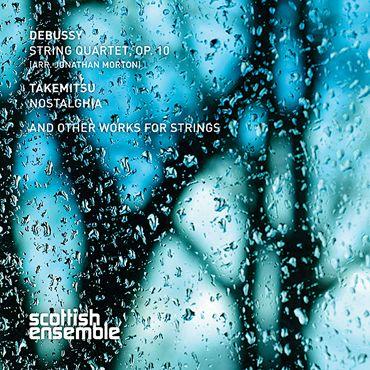Hi-Res Downloads
Sort By: Post Date TitlePublish Date
|
Feb 10, 2017
|
Feb 05, 2017
|
Jan 01, 2017
|
Jan 01, 2017
|
Dec 01, 2016
|
Dec 01, 2016


















